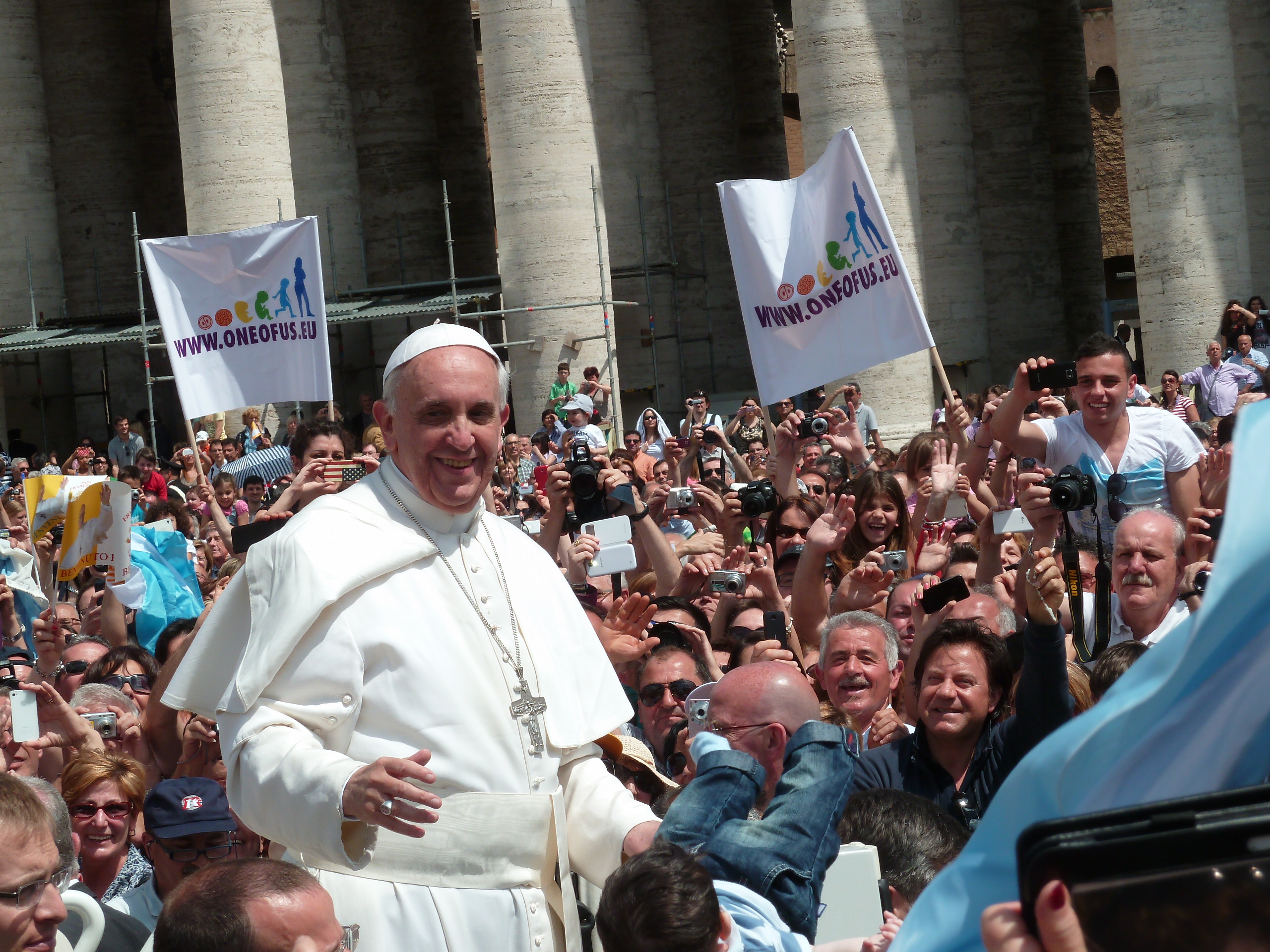Pope Francis closed with a big Mass in St. Peter’s Square the “Year of Faith” proclaimed by his predecessor, emeritus Pope Benedict XVI.
The year was launched on Oc-tober 2012 to encourage Catholics to deepen their understanding of the faith and to encourage them to share it with others. The Pope thanked Benedict XVI, who launched the initiative, as well as the 250 patriarchs, bishops and priests who took part in the closing Mass.
According to Vatican sources, more than 8.5 million pilgrims from all over the world participated in the Year of Faith, visiting Rome. The figure however only takes into account people who registered for meetings and not the crowds who packed St. Peter’s Square, Piazza Pio XII and part of Via della Conciliazione during Masses.
For the final celebration, the relics of St. Peter were placed right next to the altar, marking the first time they have been displayed publicly.
They include eight bone fragments of about three centimeters each. At the end of his homily, Pope Francis held the relics as he prayed. Tens of thousands of pilgrims gathered to catch a glimpse of the remains, displayed on an ivory bed within a bronze chest on a pedestal in St. Peter’s Square.
The chest, given to Pope Paul VI in 1971 and usually kept in the chapel of the papal apartments, was decorated with a carving of Peter casting his nets into the sea: he was a fisherman before becoming the Church’s first Pope.
At the start of the solemn ceremony, Francis prayed before the chest, bordered by white and yellow roses, before blessing the bones with incense.
The bones have long been the object of great controversy bet-ween historians and archaeologists: they were first discovered in a 1940 dig next to an ancient monument honouring Saint Peter, but ended up gathering dust in a storage box.
It was not until archaeologist Margherita Guarducci discove-red graffiti near the excavated tomb reading “Petros eni”, which could mean “Peter is here”, that she requested tests on the fragments.
She found they belonged to a robust man who died aged bet-ween 60 and 70 and had been buried in a purple, gold-threaded cloth.
No Pope has ever definitively declared the fragments to belong to the Apostle Peter, but Pope Paul VI in 1968 said fragments found in the necropolis under St. Peter’s Basilica, were “identified in a way that we can consider convincing”.






























